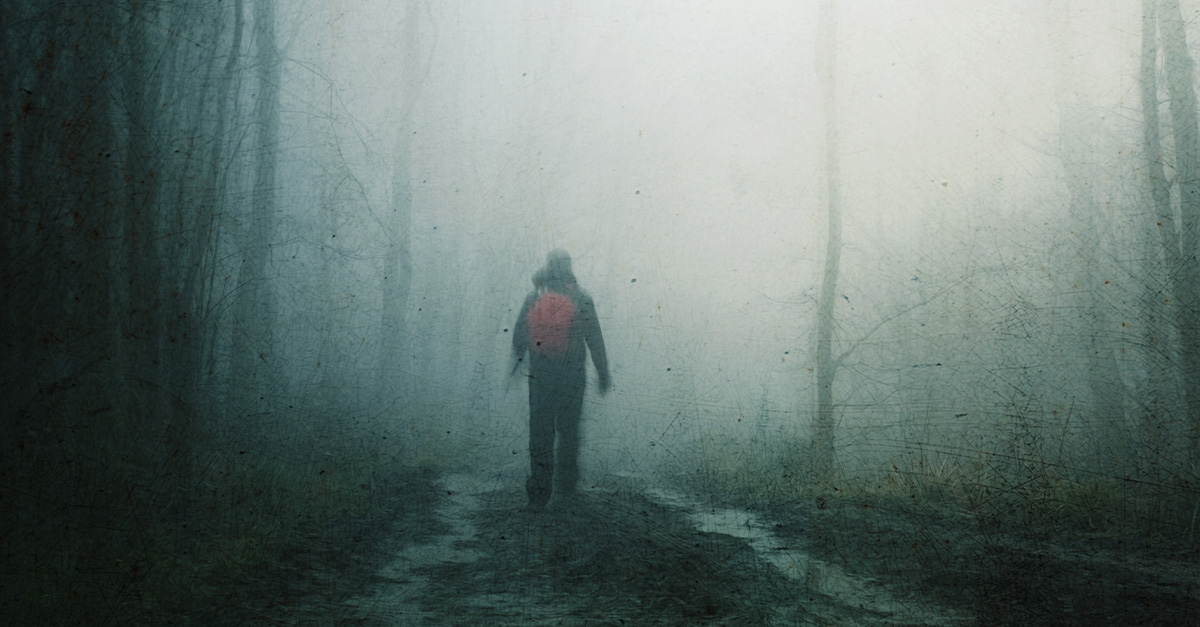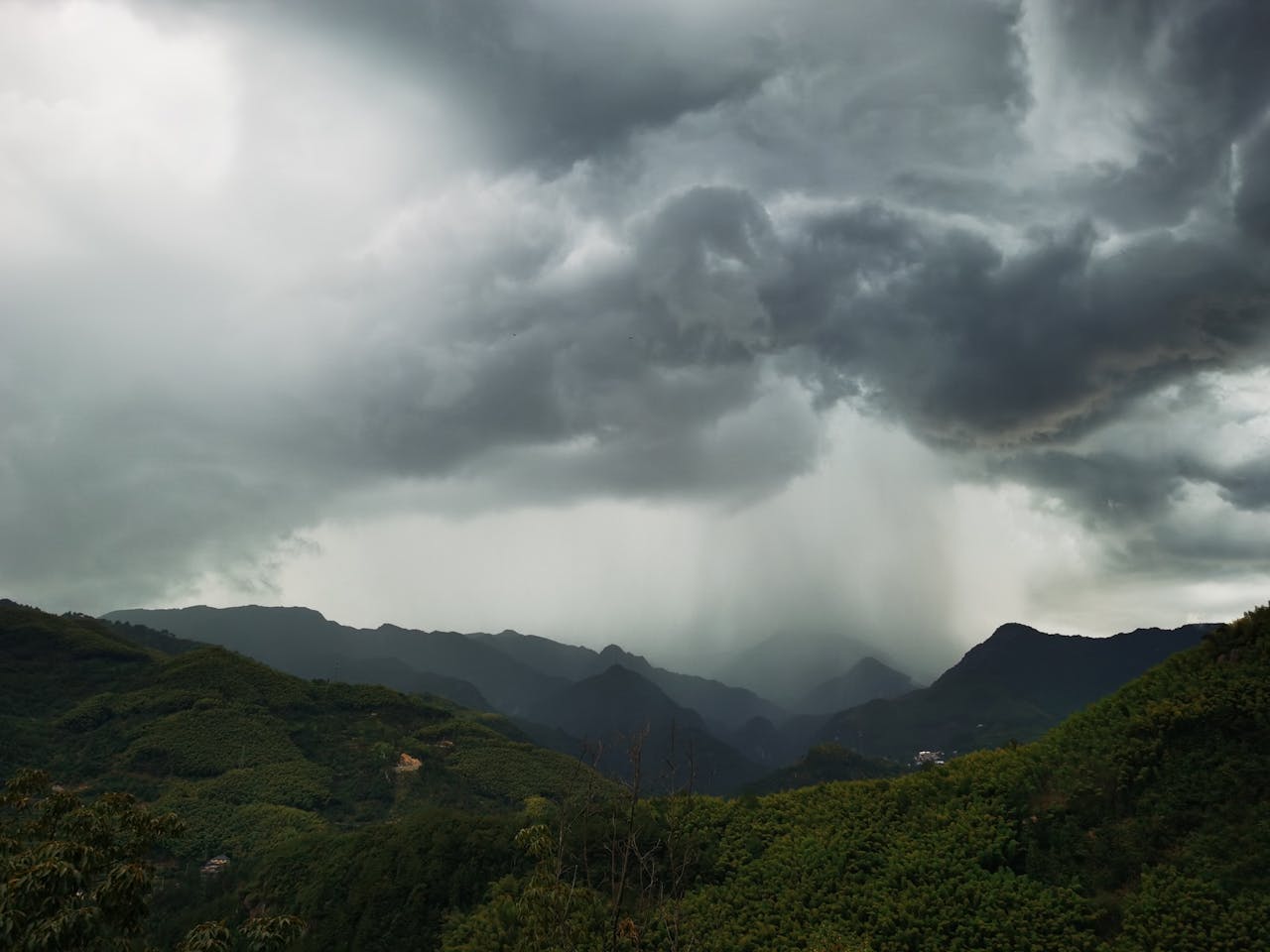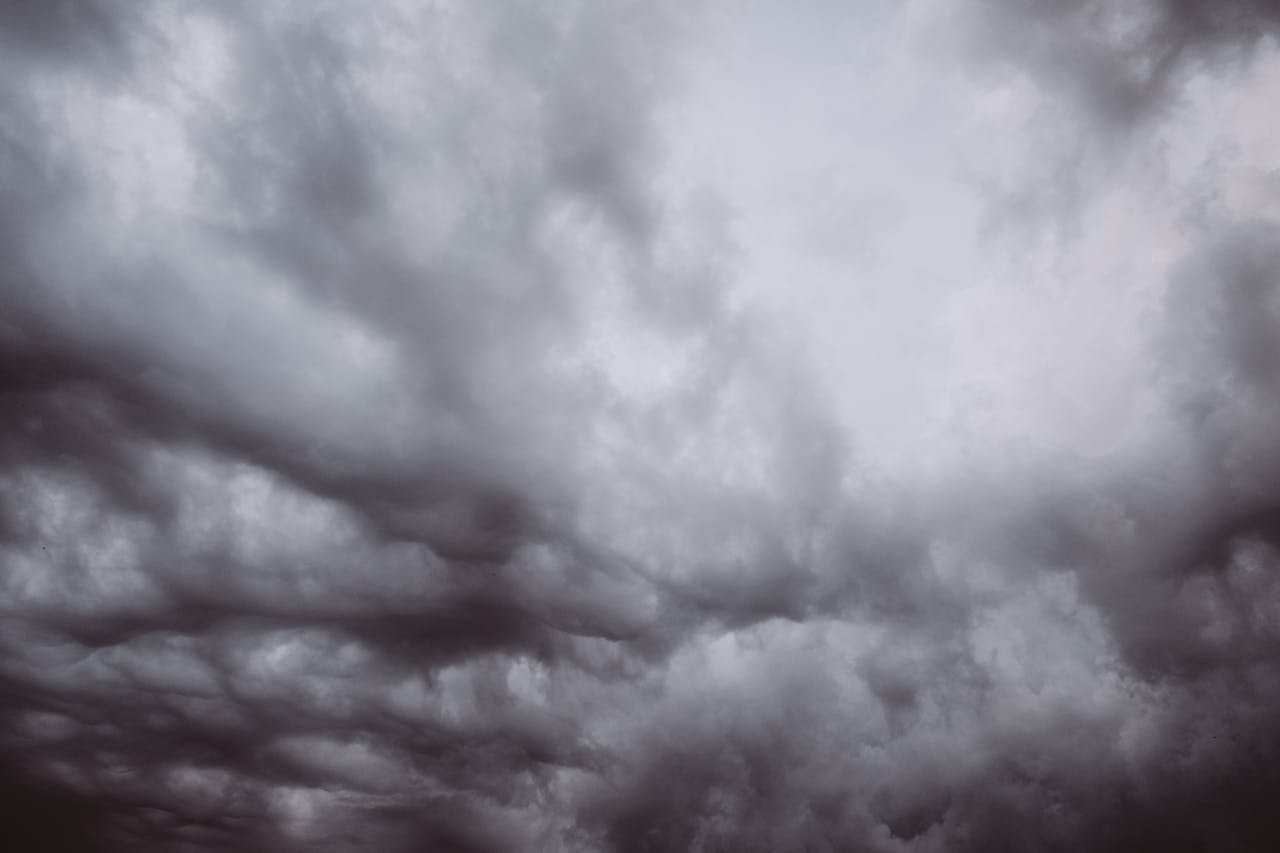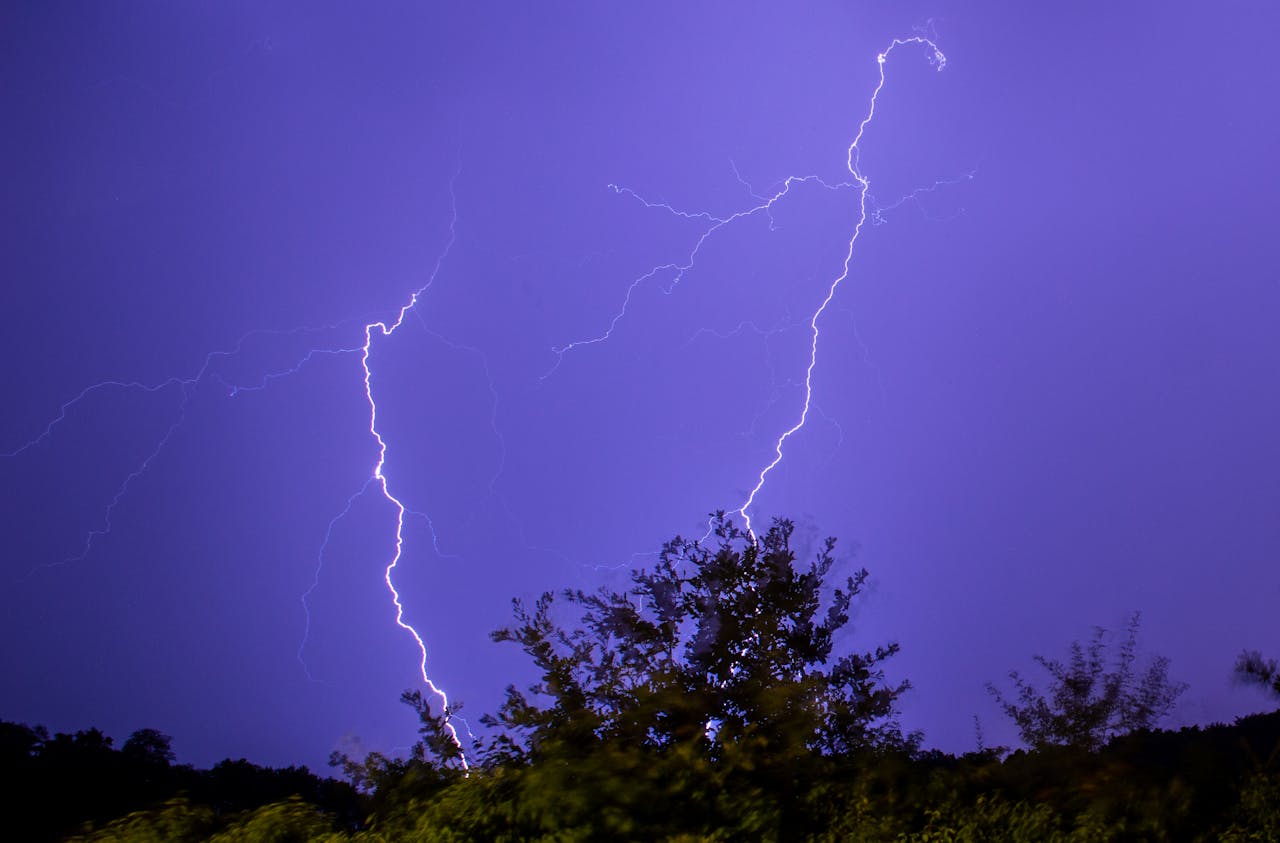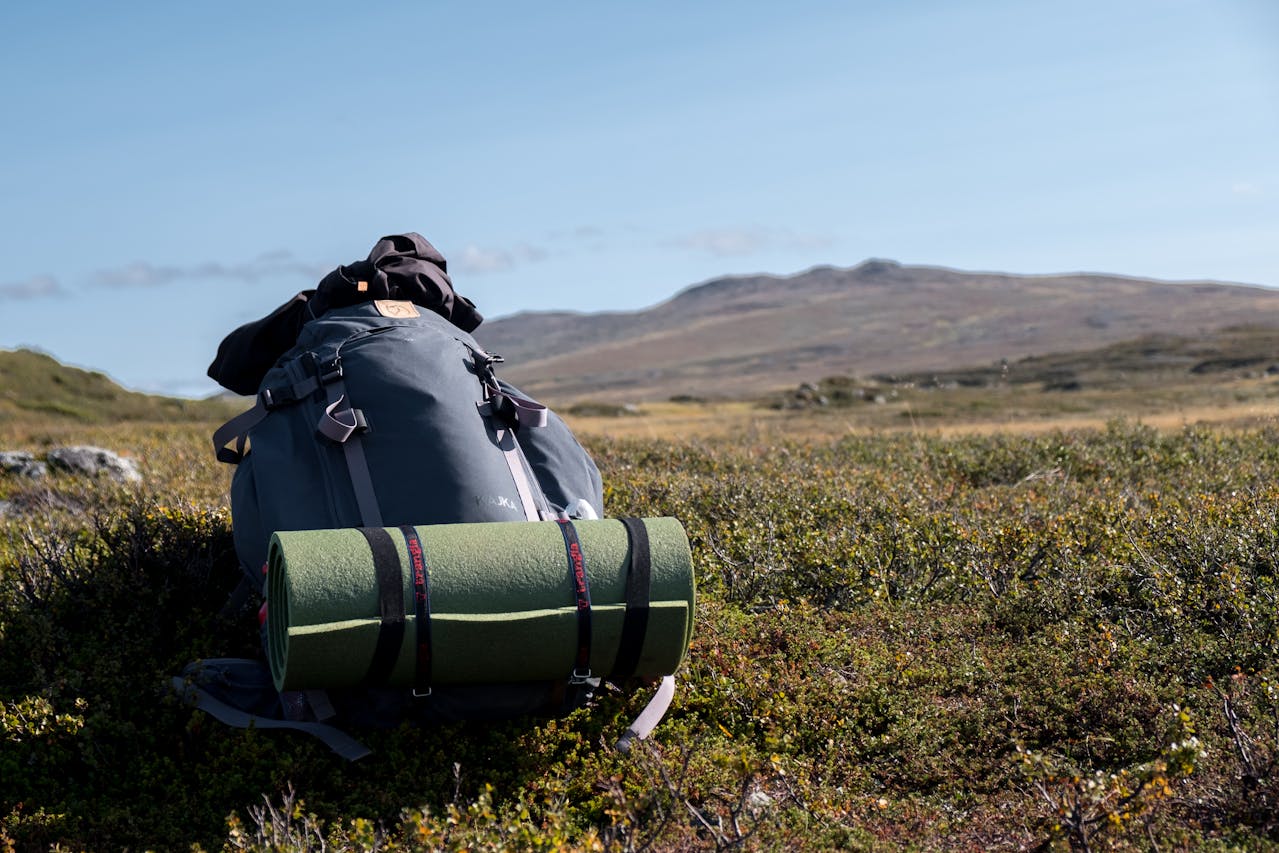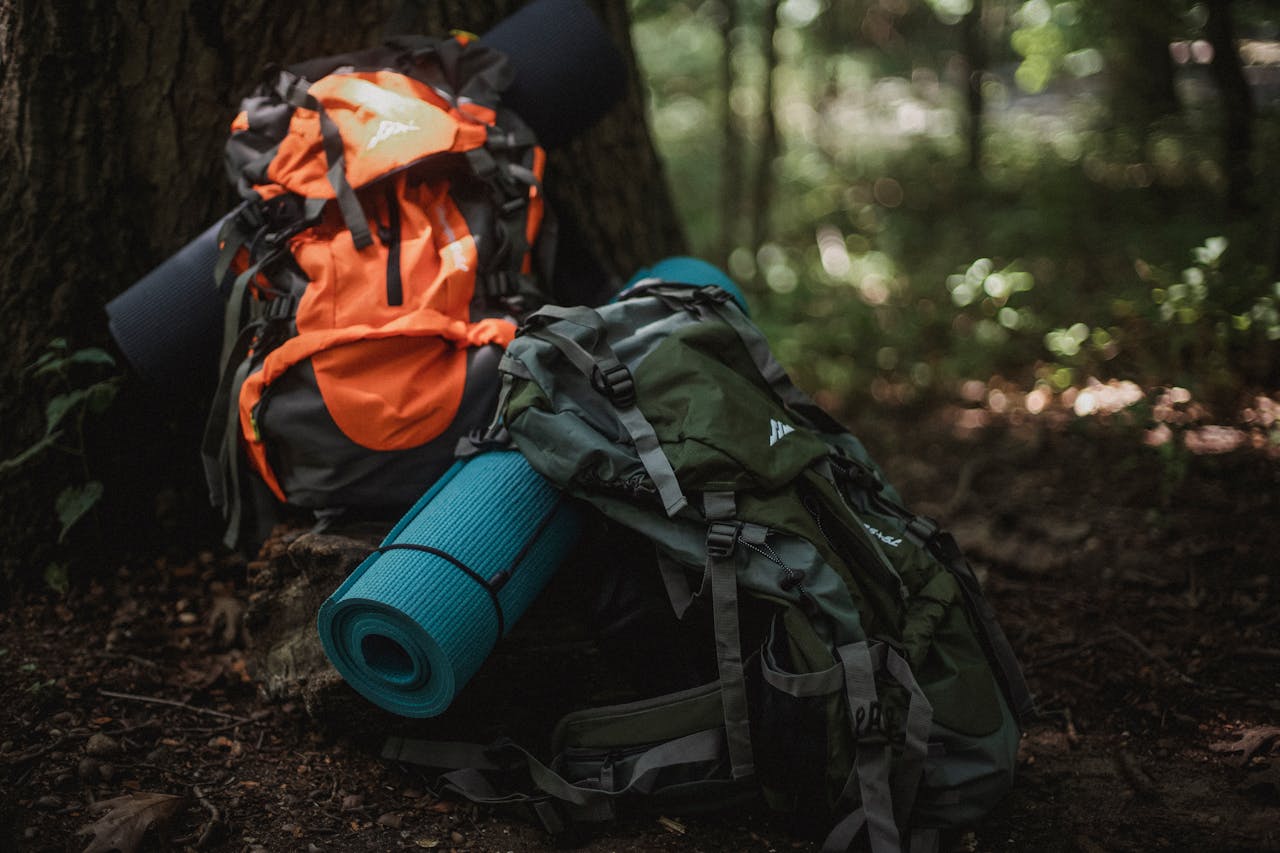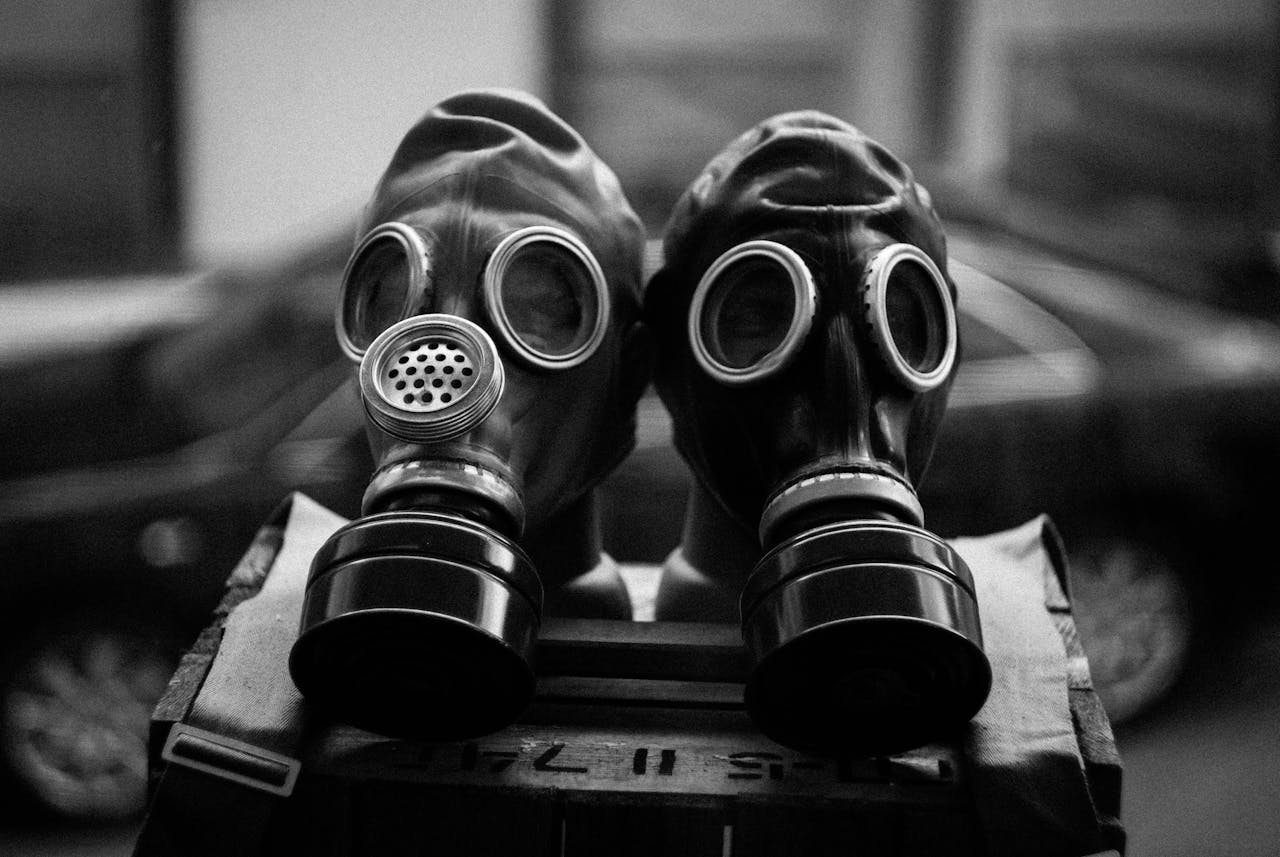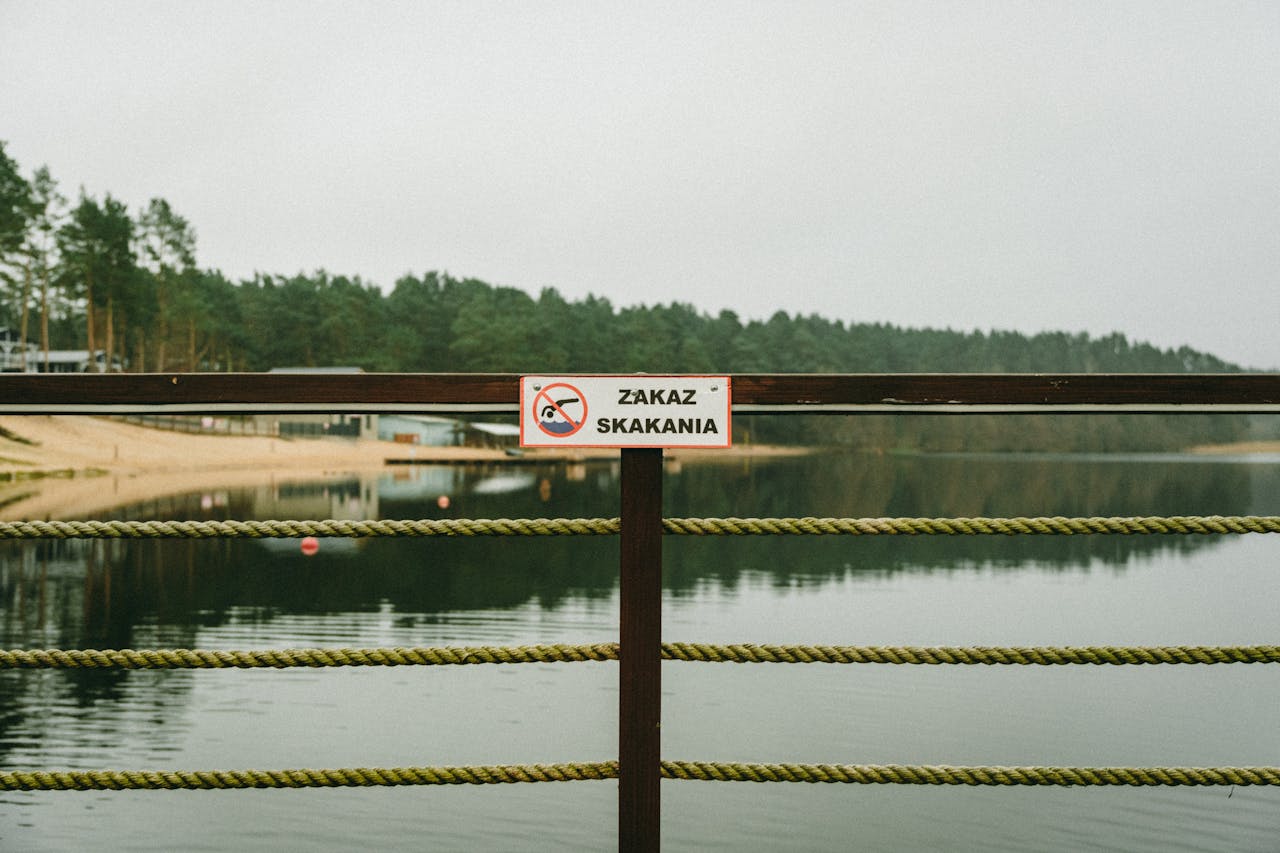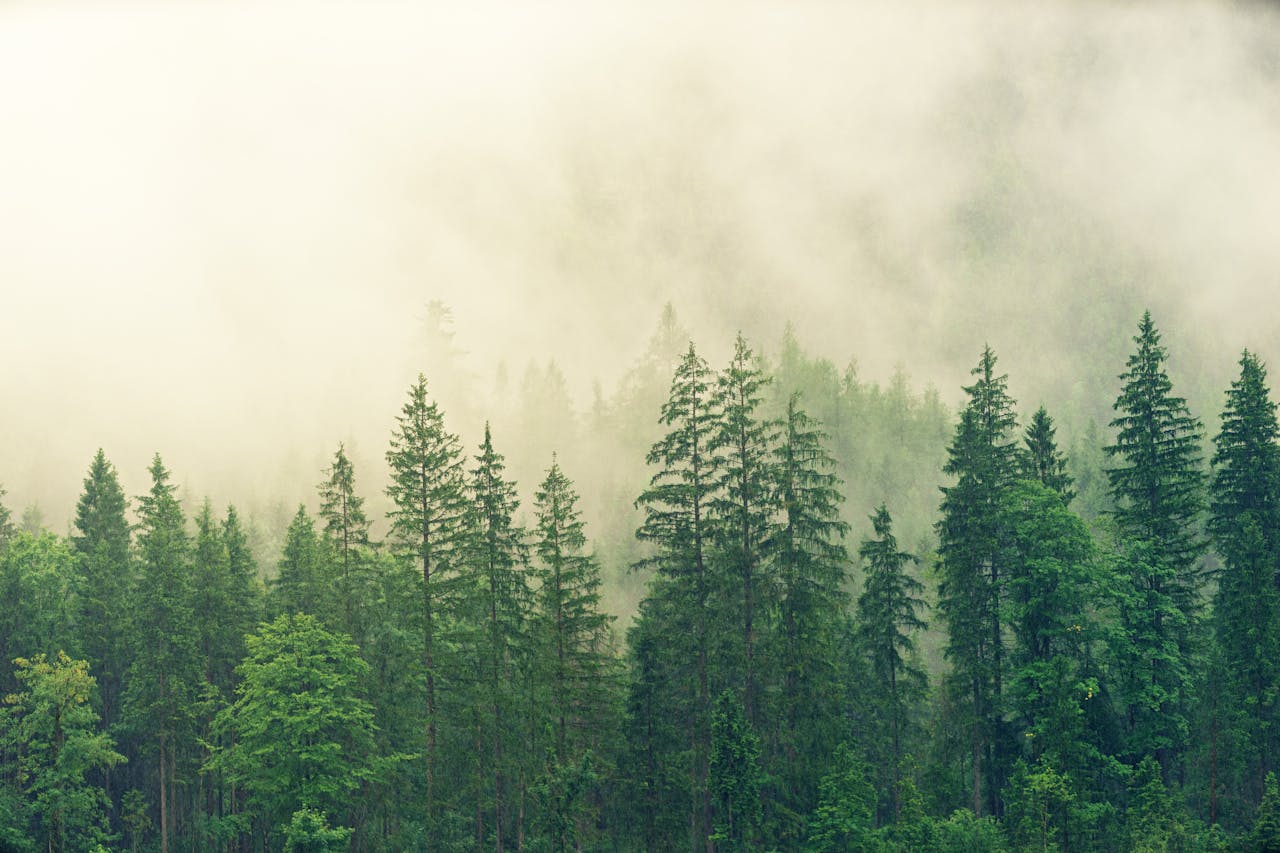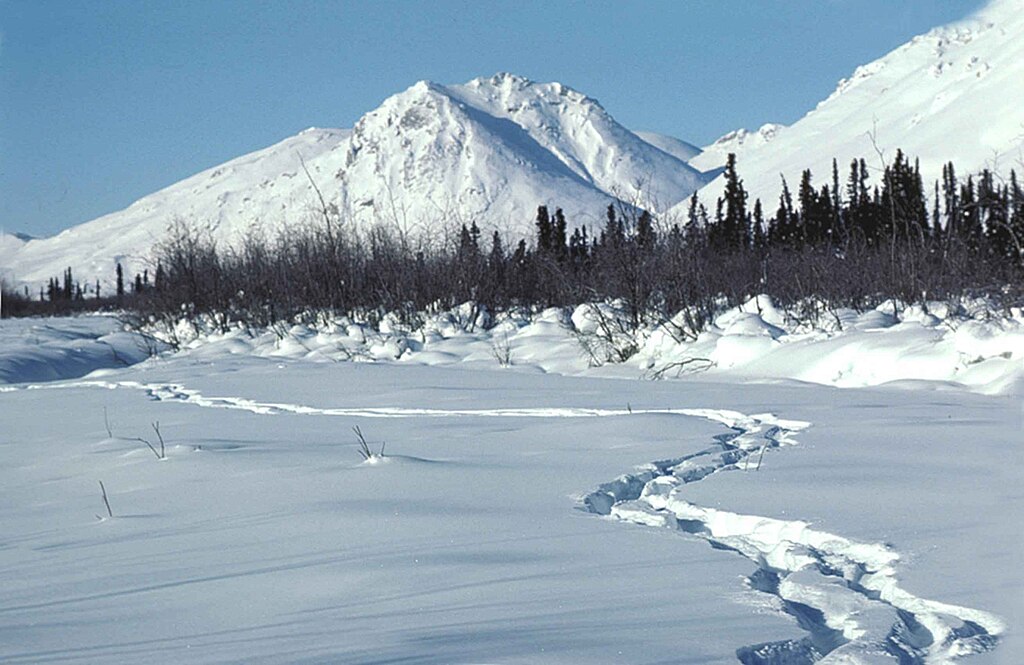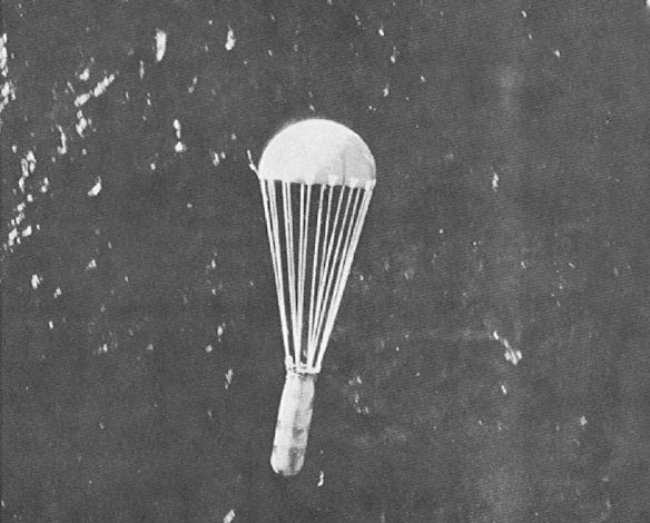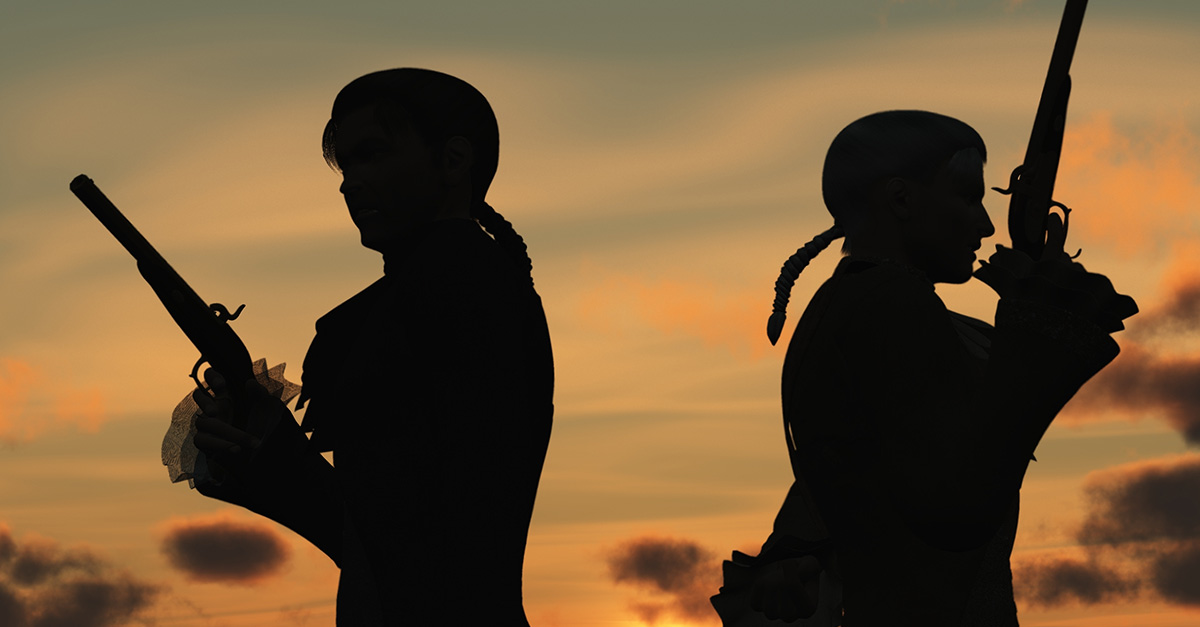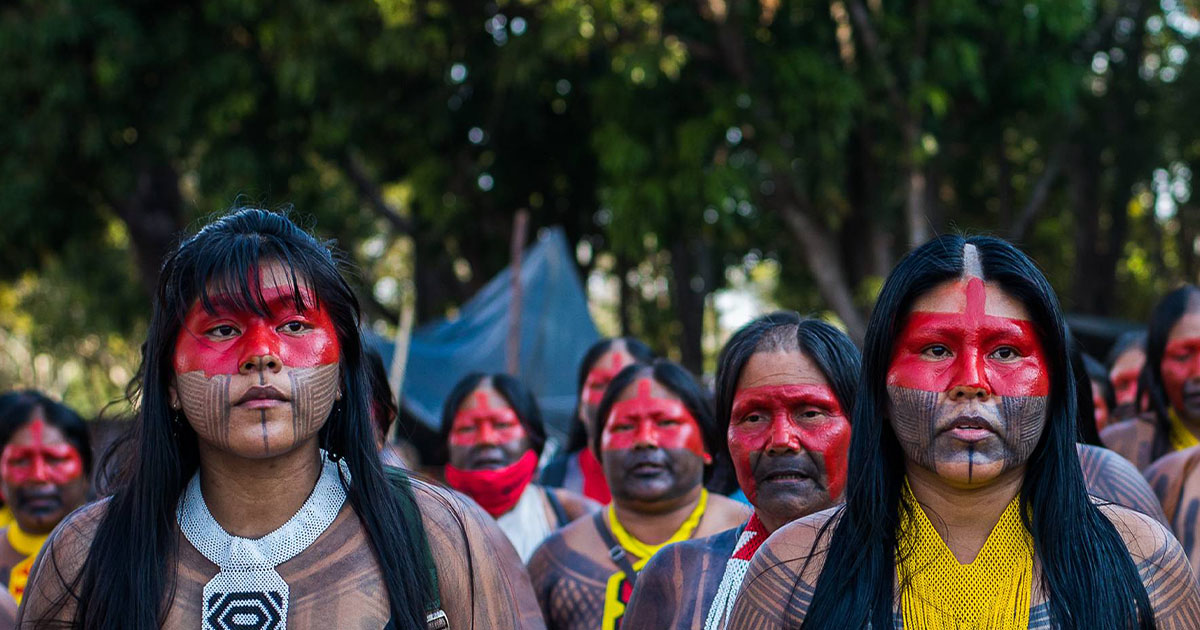If You Go Down To The Woods Today, You May Be In For A Big Surprise
If you've ever been lost while hiking or backpacking in the woods, you know how terrifying that experience is. Even if you're with a group of friends and you get lost momentarily, the idea of being alone in the vast wilderness likely sends your blood pressure up and makes your heart race. Well, imagine being lost and alone for days at a time, only to disappear without a trace, as we explore the hiking trips that went so disturbingly wrong.
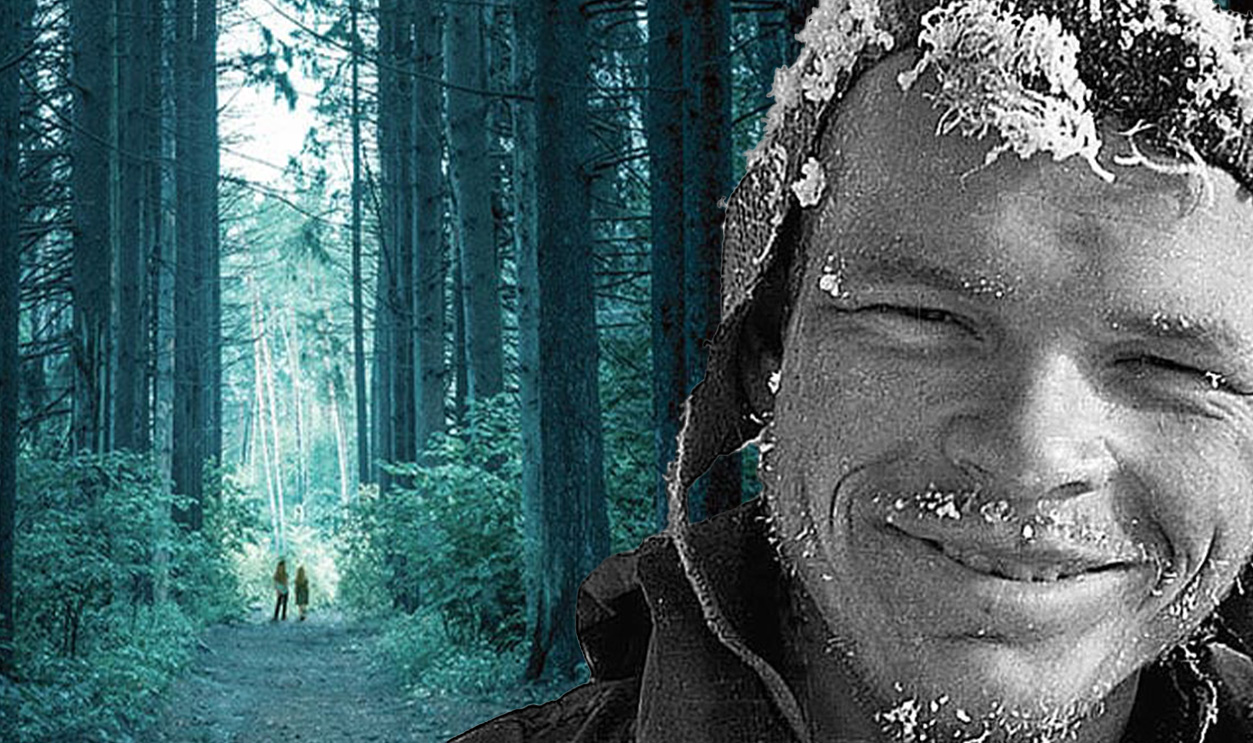
The Khamar-Daban Incident
The Khamar-Daban Pass is a remote mountain pass in southern Siberia, in the Republic of Buryatia in Russia. A popular tourist destination, the Khamar-Daban pass once saw hundreds of hikers annually, each attempting to climb one of its many challenging mountains. But one day in 1993, a 41-year-old woman would fatefully lead a group of Kazakhstani students into the Khamar-Daban range.
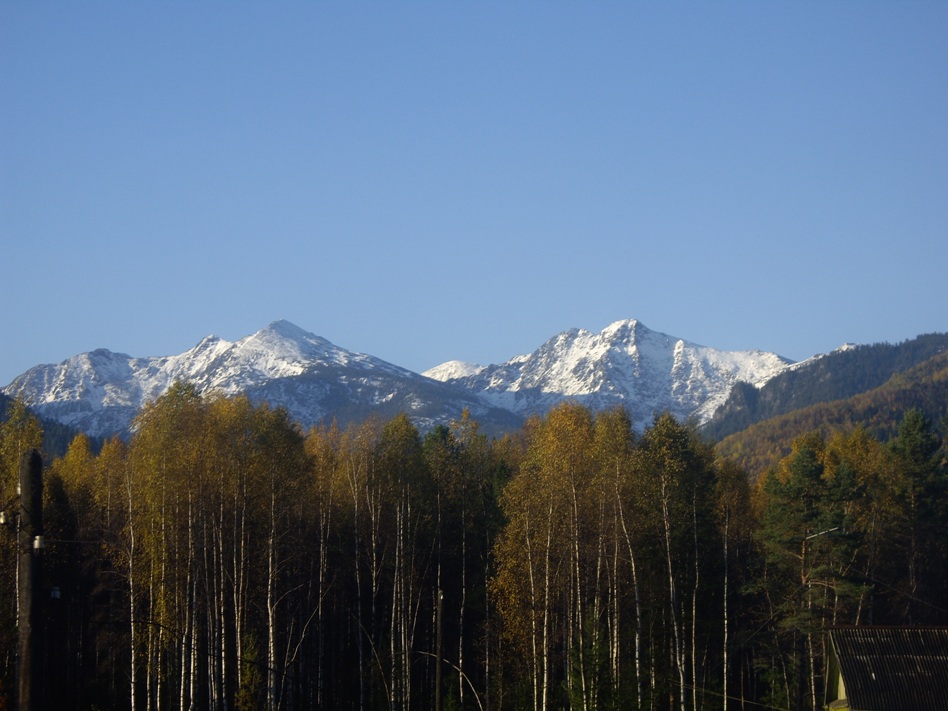 Myznikov, CC0, Wikimedia Commons
Myznikov, CC0, Wikimedia Commons
The Expedition Leader: Lyudmila Korovina
Lyudmila Korovina was a 41-year old survivalist who'd spent much of her life in the Siberian mountains. She would often explore the Siberian wilderness around her childhood village with her father, who was a hunter. She became a tour guide and developed a reputation for being stern with those in her charge and a meticulous planner.
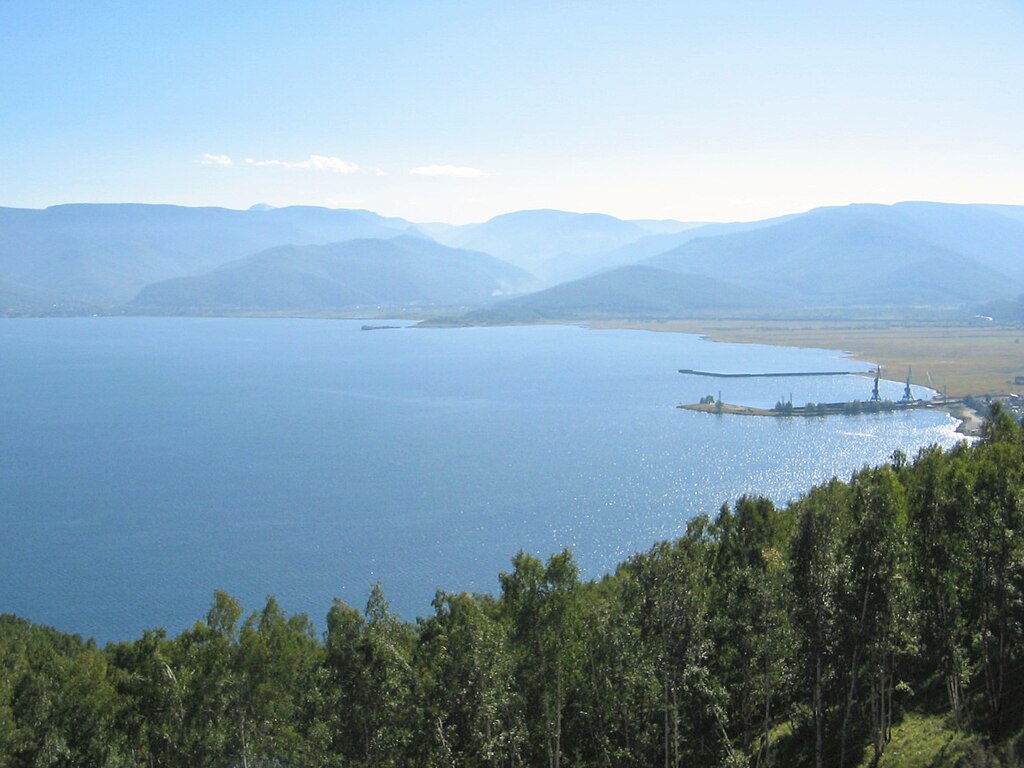 Iñaki LLM, CC BY-SA 3.0, Wikimedia Commons
Iñaki LLM, CC BY-SA 3.0, Wikimedia Commons
The Climbers
The climbers were a group of six students from the ages of 15 to 24, who had traveled from Kazakhstan to do this guided hike. Their names were: Tatiana Filipenko, Alexander Krysin, Denis Schvachkin, Valentina Utochenko, Vikotriya Zaleosova, and Timur Bapanov.
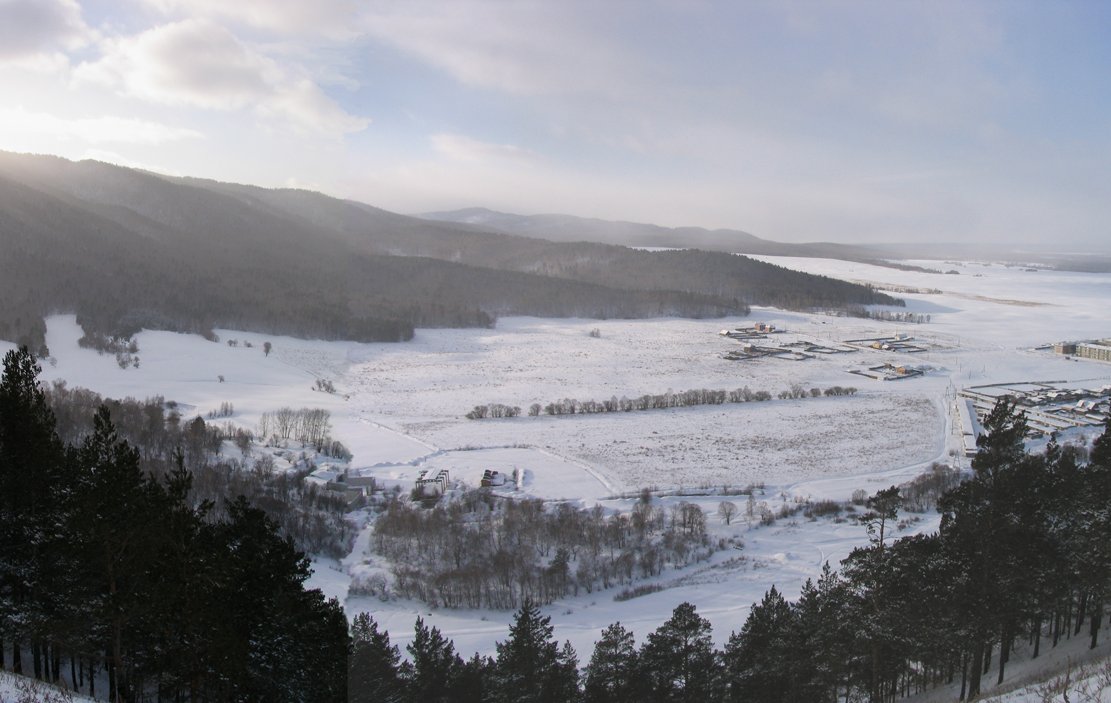 Zverkov, CC BY-SA 3.0, Wikimedia Commons
Zverkov, CC BY-SA 3.0, Wikimedia Commons
The First Day
After the group arrived by train in Irkutsk, one of the largest cities in Siberia, they set off from Murino along the Langutai River and into the Langutai Pass. After a day's hike on August 2, they neared their objective: Retranslyator Peak, at a height of 7,800 feet. They were not far from Lake Baikal.
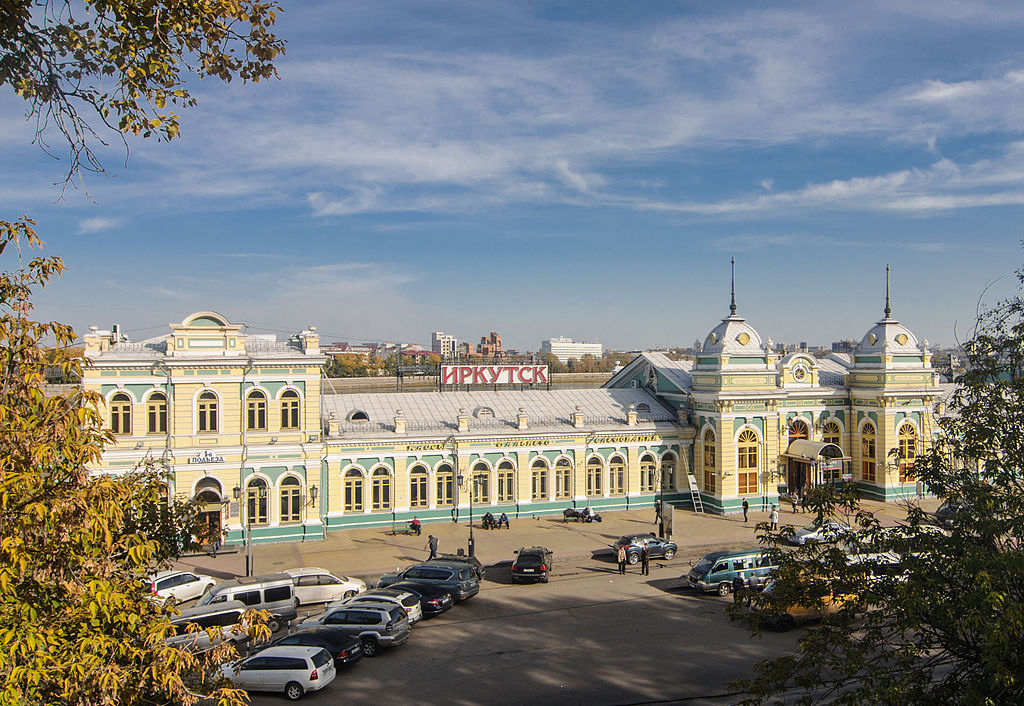 Alexey Zadonsky, CC BY-SA 4.0, Wikimedia Commons
Alexey Zadonsky, CC BY-SA 4.0, Wikimedia Commons
The Rainstorm & A Lack Of Fire
Despite being extraordinarily well-prepared, Korovina could not control the weather. At late evening on August 4, the group was hit by an unexpected rainstorm on the mountain. Everything they brought up with them was soaked, as were the climbers themselves. Even worse, Korovina's attempts to make a warming fire were scuppered by the wind and rain. They slept cold and wet.
The Descent Begins
On August 5, 1959, Korovina and the six students began their slow descent down the Khamar-Daban range, after a short breakfast and finally being able to build a fire and dry off a little before setting off. Then, according to lone survivor Valentina Utochenko, Krysin—who was at the rear of the pack—began to scream. He clutched his face. He was bleeding from his eyes and ears. He then collapsed, convulsing, and then went still.
The Madness Of Khamar Daban Takes Hold
What's become known as the "madness of Khamar Daban" started to grip the group one by one. Korovina was the next to collapse, experiencing similar symptoms to Krysin. Then, each member of the group experienced similar symptoms: difficulty breathing, bleeding, then an agonizing death. All except for Utochenko, who ran down the mountain and found cover under a tree, setting up her tent for the night, terrified and traumatized by what she had just witnessed.
Four Days In The Wilderness
After spending four grueling days in the wilderness, following a river downstream, Utochenko was located by four Ukrainian kayakers, who took her to the nearest police station. There was only one problem: she was too traumatized to speak at first. It took several days to get any information from her. On August 24, the police finally began their search.
 Nicholas A. Tonelli, CC BY 2.0, Wikimedia Commons
Nicholas A. Tonelli, CC BY 2.0, Wikimedia Commons
The Bodies Are Discovered
After mounting search and rescue efforts over several days, the bodies of the five hikers were found on the mountain. They appeared to have been partially undressed, but Utochenko didn't take any clothes from the bodies, just supplies and food from their backpacks.
What Killed Them?
The initial coroner's report suggested that all five had died from hypothermic exposure. One symptom of severe hypothermia is known as "paradoxical undressing", wherein your body and brain trick you into thinking you're too hot. This could explain the removal of clothing, but doesn't line up with Utochenko's version of events.
 Jarek Tuszyński, CC-BY-SA-4.0, Wikimedia Commons
Jarek Tuszyński, CC-BY-SA-4.0, Wikimedia Commons
But That Doesn't Explain Their Injuries
If we are to believe Utochenko's version of events, then severe hypothermia doesn't account for the severity of their injuries, including the profuse bleeding and seizures prior to their deaths. It also doesn't account for the sudden onset of these symptoms. They point to something altogether darker...
A Possible Nerve Agent Exposure?
Due to the remote nature of the Khamar-Daban mountain range, it is said that the Soviet Union was testing weaponized nerve agents near the site of Khamar-Daban, among them Novichok, one of the deadliest agents ever produced. Lung bruising and cardiac arrested (discovered in two of the victims) would be consistent with Novichok exposure.
Contaminated Water From Lake Baikal?
These were the days before sophisticated water purifiers. It's likely that the climbers drank plenty of water that was filled into their bottles by run-off streams from Lake Baikal. This infamous lake became a toxic waste dumping ground for the Russian government of the day, making contaminated water a primary culprit.
What Do Members Of The Search Operation Say?
Various members of the search and rescue operation have different theories about how the five met their grisly end. Two claimed that dying of hypothermia was impossible at that altitude, stating they instead believed the hikers perished due to altitude sickness. Two other members of the search team claimed that infrasound (subsonic sound waves) was the cause of death. Meanwhile, Yuri Golias, the leader of the team, blamed the hikers' deaths on Korovina.
 Michael Rieger/FEMA, Wikimedia Commons
Michael Rieger/FEMA, Wikimedia Commons
What Happened Is Still A Mystery
Officially, the deaths of the four students is listed as hypothermia, with Korovina perishing from a cardiac arrest. However, almost none of this accounts for the bleeding described by Utochenko, who exonerated Korovina in a 2018 interview, stating that she kept the group well fed, rubbishing Golias' earlier claims. What actually happened to the students and their teacher remains a mystery, informed only by speculation, conflicting autopsies, and the account of the lone survivor.
The Dyatlov Pass Incident
From the mountains of Siberia to the northern Urals, we have another incredulous case of hikers dying unexpectedly in the mountains of Russia. This time, some 45 years before the incident at Khamar-Daban, a similar mysterious incident occurred in the Dyatlov Pass of the northern Ural mountains, where nine Russian hikers perished.
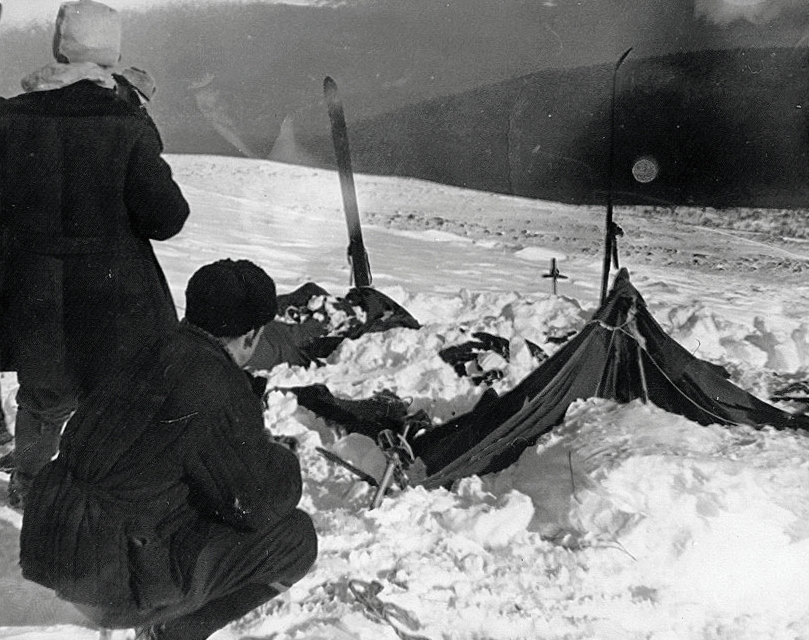 Unknown Artist, Wikimedia Commons
Unknown Artist, Wikimedia Commons
The Group Of Nine Is Formed
A group of nine hikers was formed in 1959 to perform a skiing expedition across the northern Ural mountains: eight men and one woman. Each member of the group had conducted difficult hikes before, acquiring a status of "Grade II," named after the difficulty of the hike. After this successful expedition, they would all be given "Grade III" status as guides.
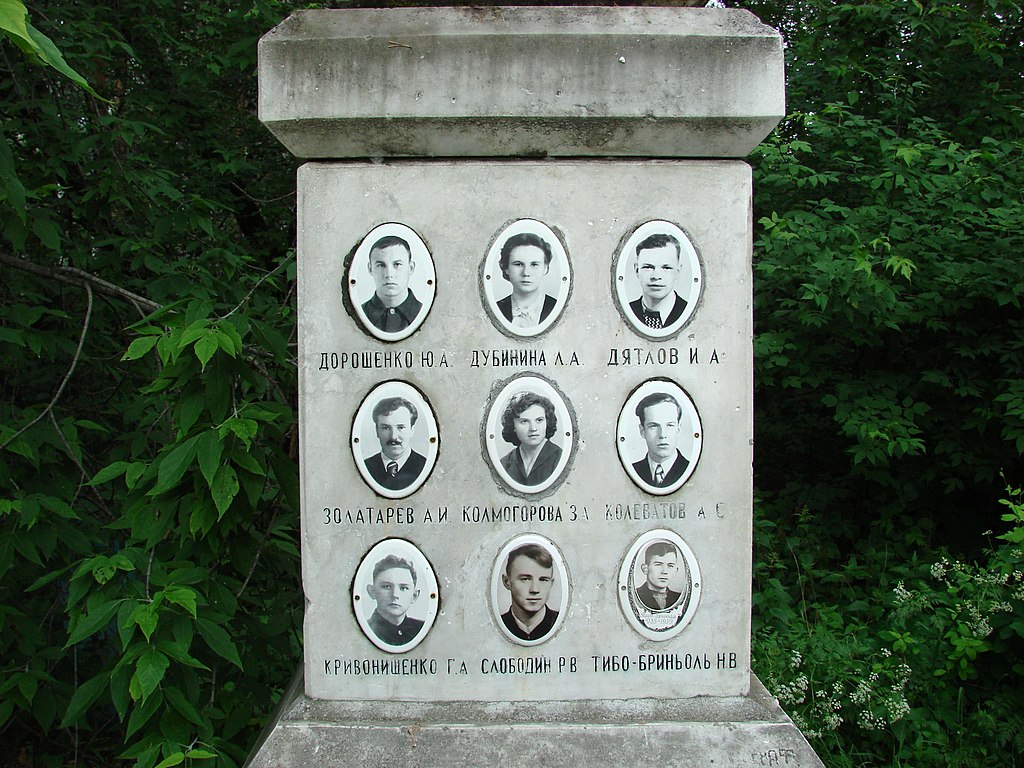 Dmitry Nikishin, Wikimedia Commons
Dmitry Nikishin, Wikimedia Commons
The Group Leaves Yekaterinburg
Today, the group's starting point is known as Yekaterinburg. Back in the late 1950s, it was known as Sverdlovsk, and was where the group could take a truck to Yizhai, the last inhabited point in that part of the northern Ural mountains. They left on January 25, 1959. They began their hike on January 26. We've subsequently found cameras and diaries along the group's route that paint a picture of their journey from here.
 Artem Svetlov, CC BY-SA 4.0, Wikimedia Commons
Artem Svetlov, CC BY-SA 4.0, Wikimedia Commons
Into The High Woods
On January 31, the group began their ascent into the highest reaches of the Urals. They began by smartly (or so they thought) getting surplus food and supplies that would be used on the return leg on the journey. On February 1, the group entered the pass properly and began a maneuver to ascend and then descend on the opposite side, making camp for the night.
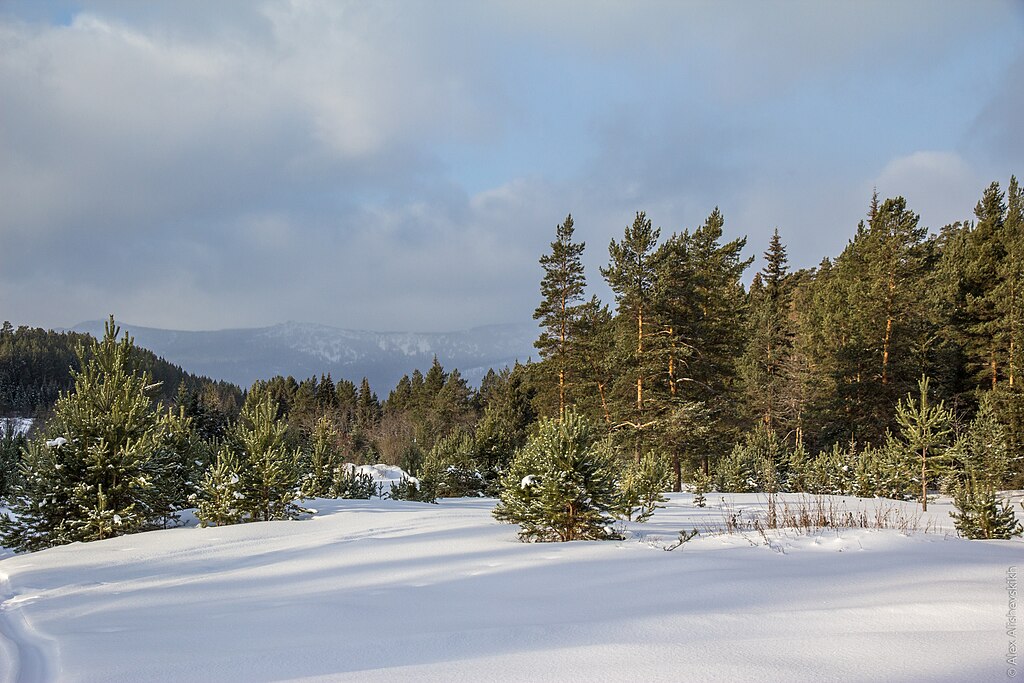 Alex Alishevskikh, CC BY-SA 2.0, Wikimedia Commons
Alex Alishevskikh, CC BY-SA 2.0, Wikimedia Commons
The Weather Moves In
Unfortunately, just like at Khamar-Daban, the unpredictable mountainous weather moved in. An incredible snowstorm led to white-out conditions. This meant the crew couldn't see where they were going at all. Fatefully, they decided to hunker down on the mountain, rather than moving to a spot of shelter: some trees less than a mile from the mountain peak of Kholat Syakhl.
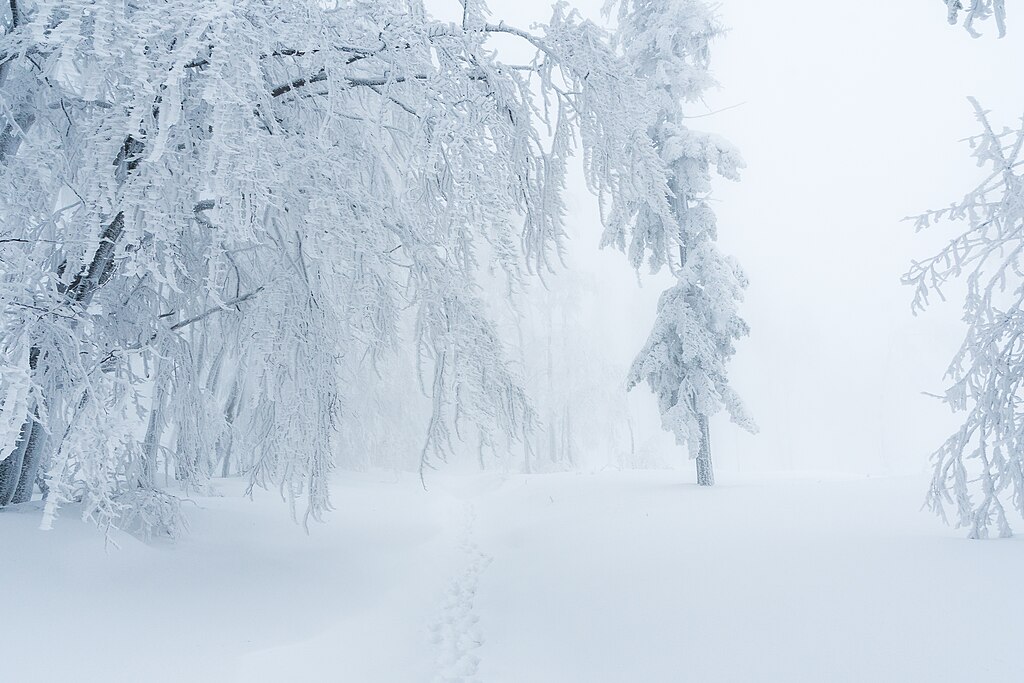 Tom Ek, CC BY-SA 2.0, Wikimedia Commons
Tom Ek, CC BY-SA 2.0, Wikimedia Commons
The Missing Telegram Signals Trouble
The expedition leader was supposed to have sent a telegram upon reaching Vizhai, but by February 12, no telegram had showed up. Although this was not uncommon, the travelers' families were beginning to worry. A week later, they demanded a search and rescue operation be launched.
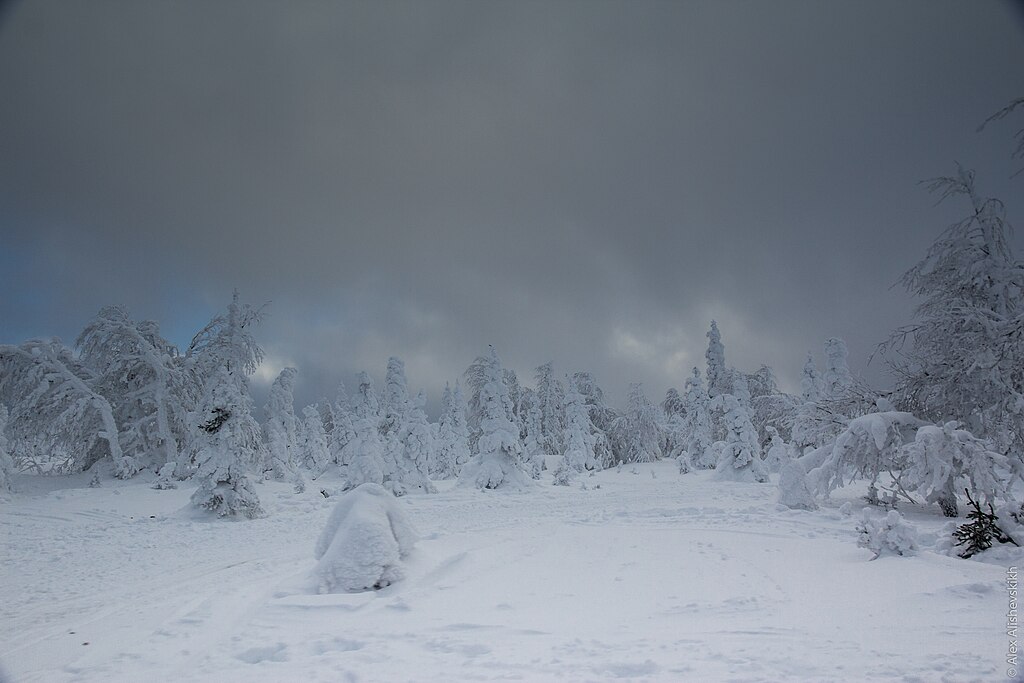 Alex Alishevskikh, CC BY-SA 2.0, Wikimedia Commons
Alex Alishevskikh, CC BY-SA 2.0, Wikimedia Commons
The First Search Party Is Reinforced By The Army & Police
The first search party made up of volunteers was launched on February 20, with reinforcements coming from the Russian Armed Forces and police units. Helicopters and planes were used. Some six days later, the ground search and rescue unit found the group's abandoned tent that had been cut open from the inside.
 Manda Walters, Wikimedia Commons
Manda Walters, Wikimedia Commons
Footprints Paint A Grim Picture
Footprints leading down the mountain, away from the tent, showed that many of the climbers had left the tent in bare feet, or wearing a single sock. In the colder than -30 temperatures of the Ural mountains, that would have meant frostbite in minutes.
 John Lucas, CC BY-SA 2.0, Wikimedia Commons
John Lucas, CC BY-SA 2.0, Wikimedia Commons
Into The Woodland Went The Search Party
That woodland we'd spoken of above? Two of the party had made it to the woodland and made a small fire. The rest of the tracks had been covered with snow, but searchers found the first two bodies of the Dyatlov Pass' nine victims. Broken tree branches suggested that one of the climbers had tried to climb a tree to look for something.
Three More Bodies Are Discovered
Between 1,000 and 2,000 feet from the tree base were three more bodies. These men lay in poses that suggest they were on their way back to the tent from the forest. The remaining bodies of the four left in the group were still undiscovered. Was there any hope?
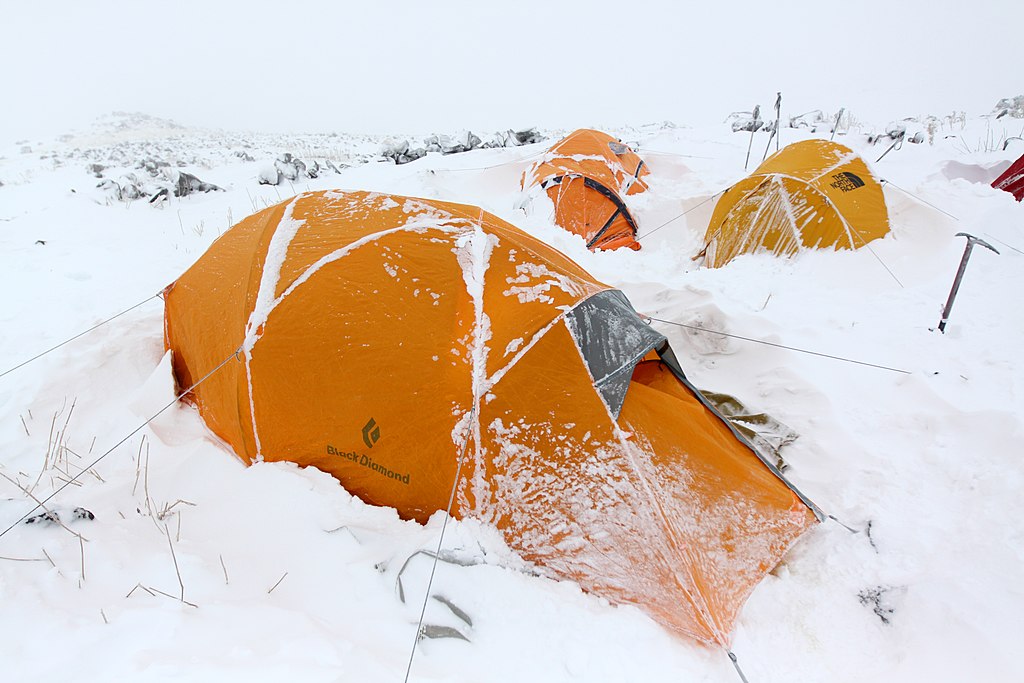 Safa.daneshvar, CC BY-SA 4.0, Wikimedia Commons
Safa.daneshvar, CC BY-SA 4.0, Wikimedia Commons
Waiting For The Spring Thaw
Unfortunately, search and rescue efforts were halted by the advancing winter months, which were unbelievably harsh in the southern Ural mountains. Spring thaw came and search and rescue crews returned to the site, hoping to find their final four comrades. They successfully located the remaining four bodies at the bottom of a ravine, some 200 feet from the tree under which the first had been discovered.
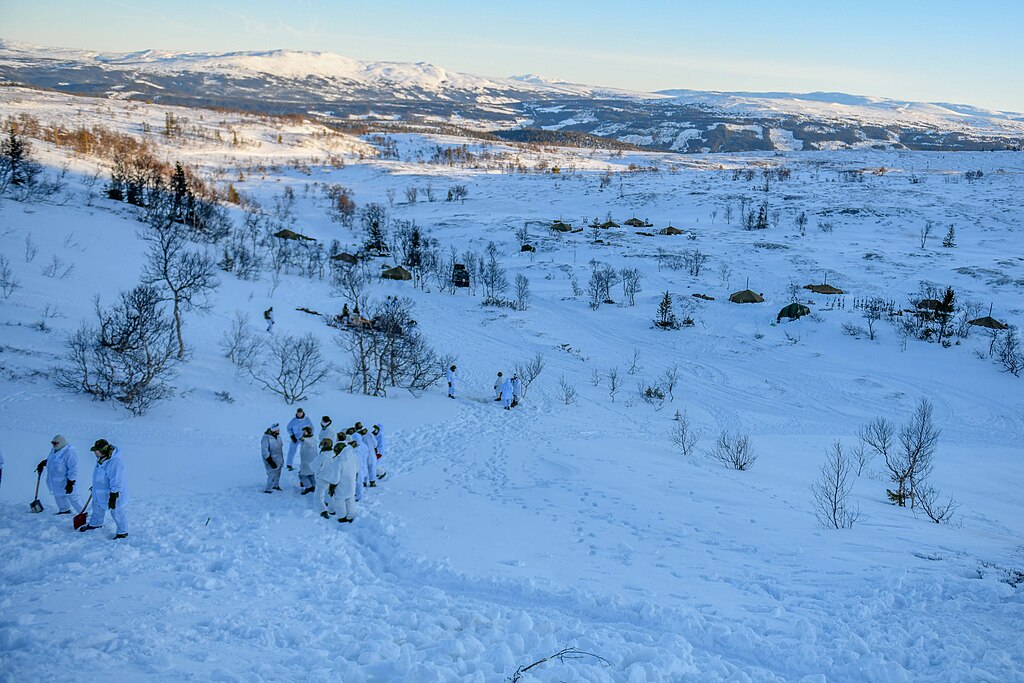 Ashlee J.L. Sherrill, Wikimedia Commons
Ashlee J.L. Sherrill, Wikimedia Commons
The Narrative Of Hypothermic Death Shifts
A coroner's inquest in May of that year found that the four men at the bottom of the ravine had a range of injuries. One had major, fatal skull damage, and the other three had massive chest fractures. Curiously, though, there were no external wounds associated with the bone fractures, despite the injuries being consistent with those usually seen in car crash victims.
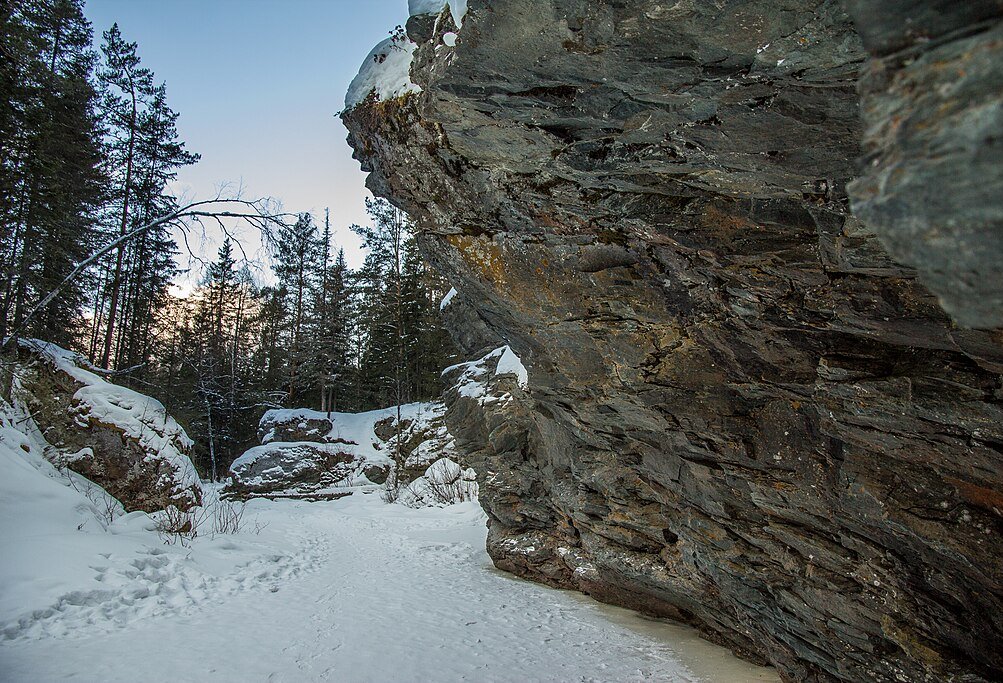 Alex Alishevskikh, CC BY-SA 2.0, Wikimedia Commons
Alex Alishevskikh, CC BY-SA 2.0, Wikimedia Commons
Soft Tissue Damage Further Bewilders The Coroner
Most interestingly, there was extensive soft-tissue damage to the bodies found at the bottom of the ravine. One victim was missing their tongue, eyes, and part of their lips, as well as facial tissue and a fragment of their skull. Two more were missing eyeballs and eyebrows. But who could have carved them off? Nature wouldn't have done that.
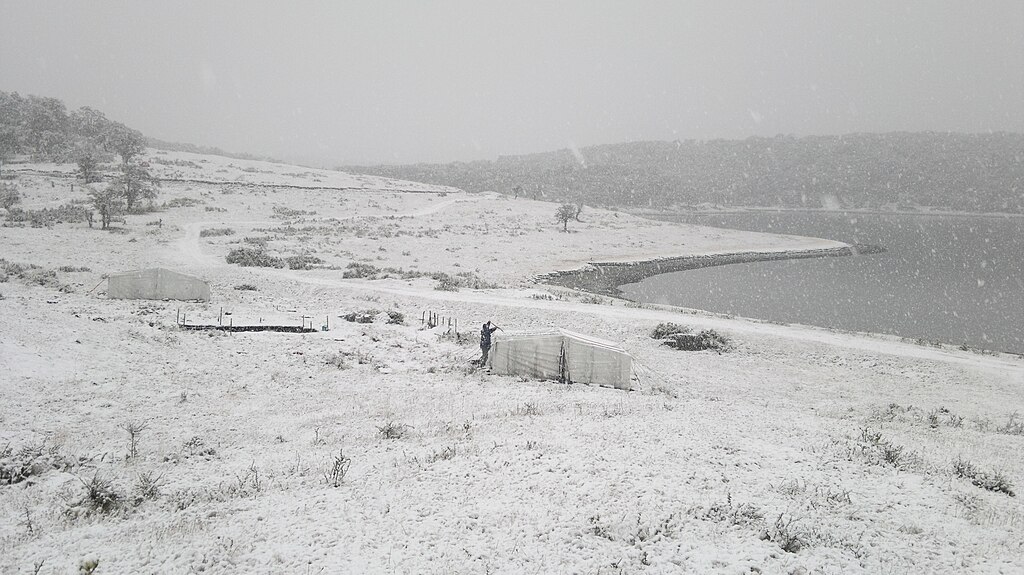 NTNU Vitenskapsmuseet, CC BY 2.0, Wikimedia Commons
NTNU Vitenskapsmuseet, CC BY 2.0, Wikimedia Commons
The Indigenous Mansi Are Suspected
Initially, the southern Ural's Indigenous reindeer-herding tribe, the Mansi, were suspected of attacking and killing the group of hikers. Despite several of the tribe being arrested and interrogated, the evidence borne by the autopsies indicated no defensive wounds and no signs of struggle. There were also no other visible footprints in the area where the bodies were located.
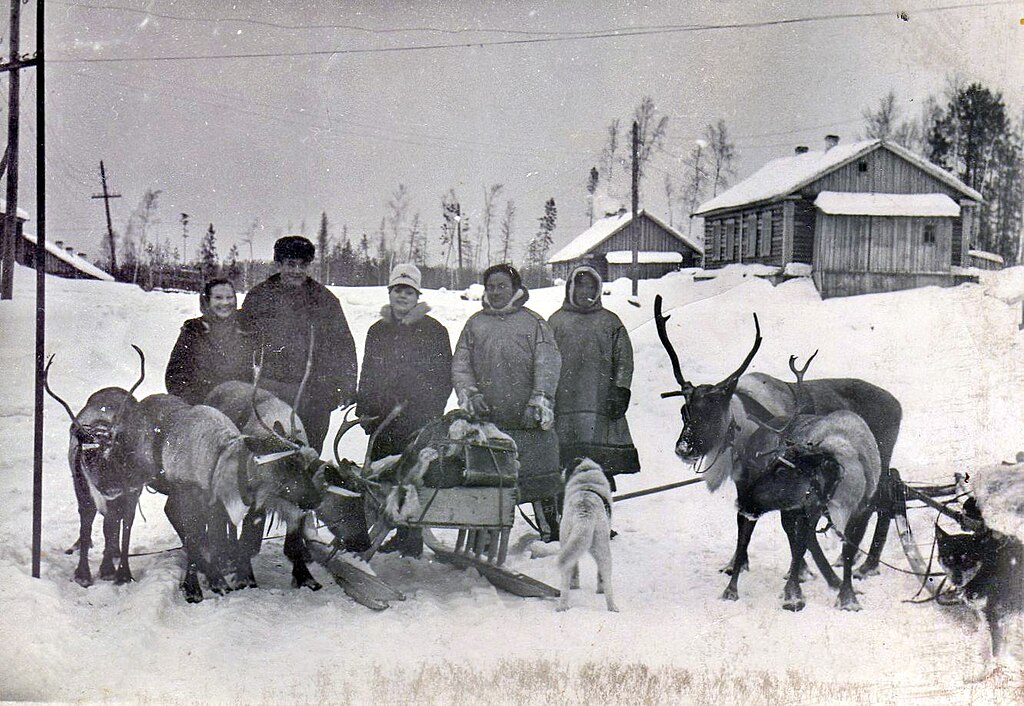 Karadjordje, Wikimedia Commons
Karadjordje, Wikimedia Commons
The Coroner's Inquest Closes In May, No Foul Play Is Suspected
In May 1959, the inquest into the deaths of the nine hikers on the Dyatlov Pass closed and no foul play was suspected. Indeed, 30 years later, a police officer speaking for the first time on the incident (as Soviet law forbade those from speaking publicly about what they saw, due to secrecy) indicated that there was "no rational explanation" for the deaths.
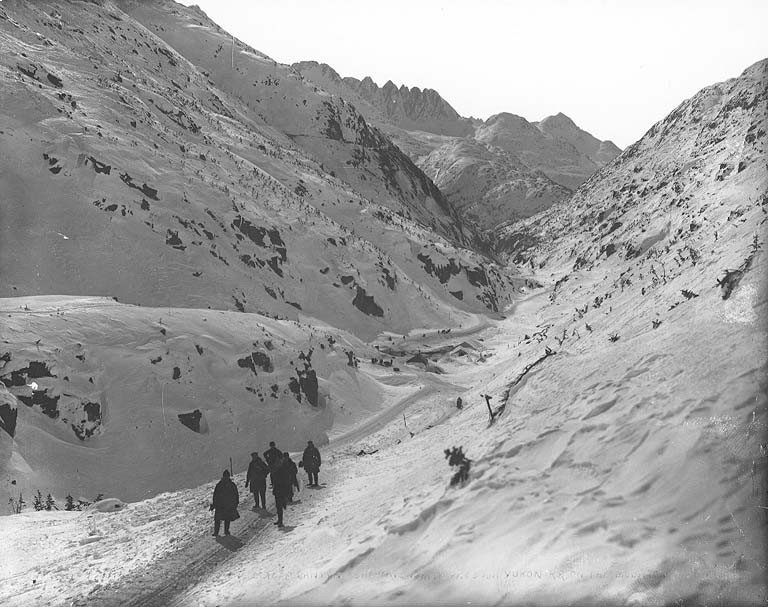 Eric A. Hegg, Wikimedia Commons
Eric A. Hegg, Wikimedia Commons
Was It An Avalanche?
In 2020, the Directorate of the Prosecutor-General of the Urals region declared that an avalanche was listed as the official cause of death. This might explain the cut in the side of the tent and why the group left the tent in various stages of undress.
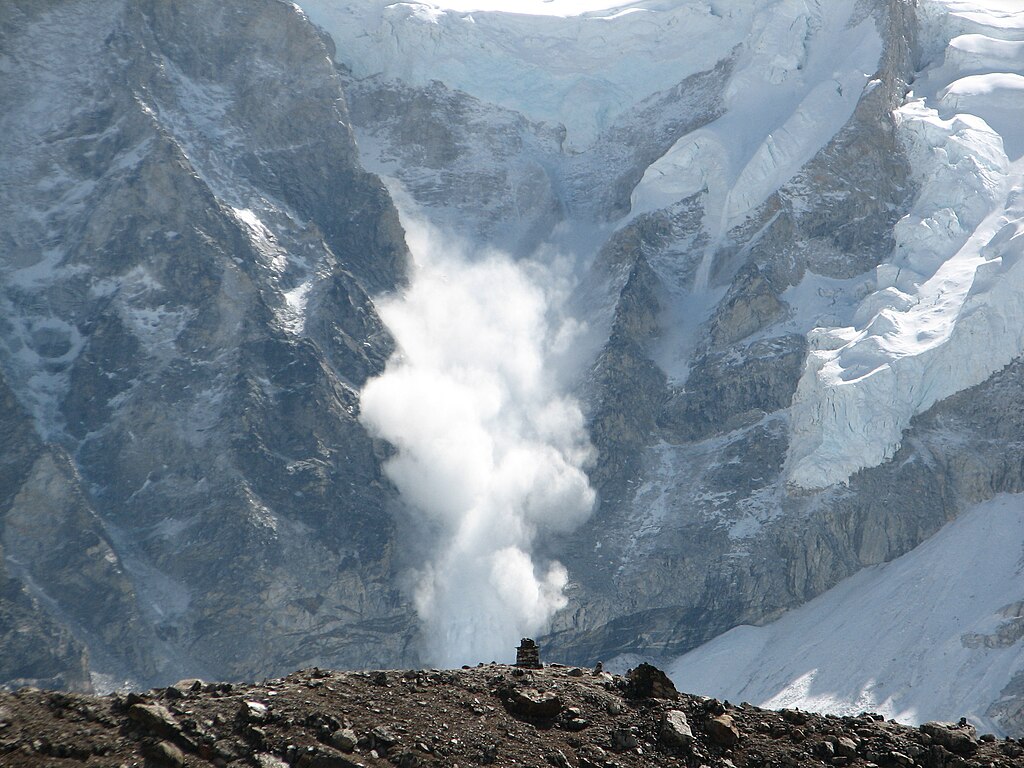 Chagai at English Wikipedia, Wikimedia Commons
Chagai at English Wikipedia, Wikimedia Commons
Conflicting Reports
However, there were no obvious signs of an avalanche having occurred in the area, with the bodies being easily located within a few months of each other. An avalanche would have swept away all of the bodies in its furious descent of the mountain. More than 100 expeditions held in the region since the incident never reported any avalanches or conditions that would precipitate an avalanche.
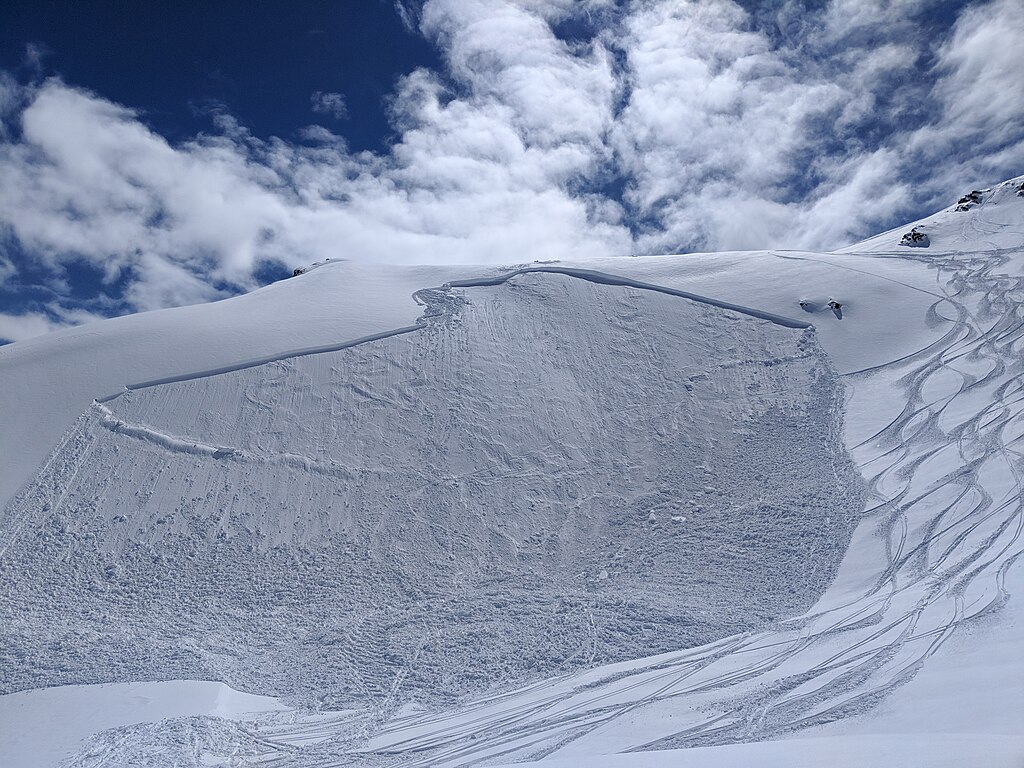 Derrellwilliams, CC BY-SA 4.0, Wikimedia Commons
Derrellwilliams, CC BY-SA 4.0, Wikimedia Commons
Was It Katabatic Winds?
Another possibility is the occurrence of an extremely rare but incredibly violent katabatic wind. These are winds that occur on mountain downslopes, reaching speeds of 190 mph, and can occur suddenly. They can cover 66 feet per second. It's possible that such a wind could have swept the hikers off the mountain. In 1978 in Sweden, similar conditions killed eight hikers on Anaris Mountain, which had similar topography to the southern Urals.
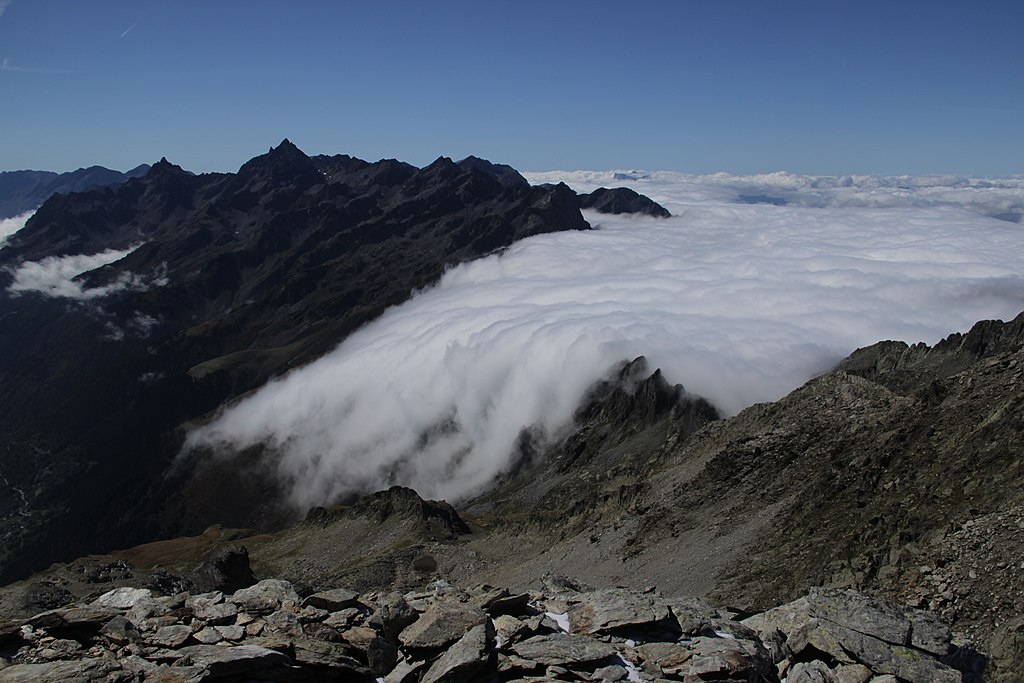 Björn S., CC BY-SA 3.0, Wikimedia Commons
Björn S., CC BY-SA 3.0, Wikimedia Commons
Another Infrasound Incident?
Infrasound was again blamed for this incident. The fierce wind was hypothesized to create physical discomfort and mental distress in the hikers, causing them to leave the confines of the tent. Only when they were further down the mountain did they regain their composure. But by then, it was too late.
 Horace Bristol, Wikimedia Commons
Horace Bristol, Wikimedia Commons
Parachute Mines?
The Soviet Union conducted all kinds of experiments in the 1950s, 60s and 70s in the Ural mountains. One such experiment in the 1950s was that of dropping "parachute mines"—these were mines attached to small parachutes that would detonate mid-air. One possible theory is that parachute mines were dropped near the group, who heard the blast, panicked, and ran from their tent into the pitch black.
The Dyatlov Pass Mystery Endures
Definitive answers are hard to come by in the enduring mystery of the Dyatlov Pass. Nobody quite knows what happened, and plenty of speculation and theories abound, but the Dyatlov nine will be remembered as the missing mountaineers of the Urals. They're memorialized in a tomb at the Mikhailovskoe Cemetery in Yekaterinburg, Russia.
You May Also Like:
How To Pack Like A Pro: Travel Anywhere With Just A Carry-On
High-Altitude Facts About Mount Everest
Breathtaking Facts About Extreme Sports
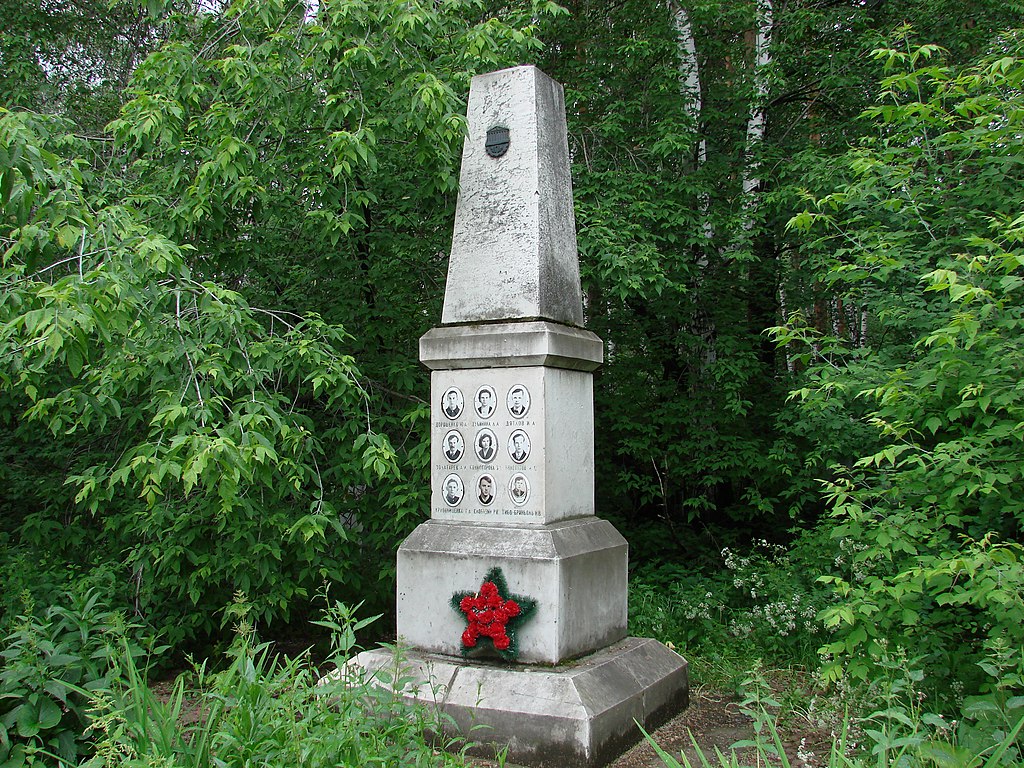 Dimitrii Nikishin, Wikimedia Commons
Dimitrii Nikishin, Wikimedia Commons

